Maya News Updates 2008, No. 12: Classic Maya Civilization May Have Suffered From Self-Induced Drought
On February 29, 2008, the online newsservice of the National Geographic Society posted a short report on the preliminary results of a research program by a team of scientists from Marshall Space Flight Center in Huntsville, Alabama. Using satellite images the team members reached a tantalizing, but very hypothetical, conclusion: the fall of Classic Maya civilization may have resulted from a self-induced drougt (edited by MNU):
Maya May Have Caused Civilization-Ending Climate Change - Self-induced drought and climate change may have caused the destruction of the Maya civilization, say scientists working with new satellite technology that monitors Central America's environment.
Researchers from the Marshall Space Flight Center in Huntsville, Alabama, launched the satellite program, known as SERVIR, in early 2005 to help combat wildfires, improve land use, and assist with natural disaster responses.The researchers occasionally refer to the project as environmental diplomacy. But the program also found traces of the Maya's hidden, possibly disastrous agricultural past—and is now using those lessons to help ensure that today's civilizations fare better in the face of modern-day climate change.
SERVIR stands to warn leaders in Central and South America where climate change might deliver the hardest hits to their ecosystems and biodiversity, say developers Tom Sever and Daniel Irwin. If the governments heed the warnings, the data may truly save lives, the experts add. (...)
More than a hundred reasons have been proposed for the downfall of the Maya, among them hurricanes, overpopulation, disease, warfare, and peasant revolt. (...). But Sever, NASA's only archaeologist, adds to evidence for another explanation. "Our recent research shows that another factor may have been climate change," he said during a meeting of the American Association of the Advancement of Science in Boston, Massachusetts, earlier this month. One conventional theory has it that the Maya relied on slash-and-burn agriculture. But Sever and his colleagues say such methods couldn't have sustained a population that reached 60,000 at its peak.
The researchers think the Maya also exploited seasonal wetlands called bajos, which make up more than 40 percent of the Petén landscape that the ancient empire called home. In most cases, Maya cities encircled the bajos, so archaeologists thought the culture made no use of them. But groundbreaking satellite images show that the bajos harbor ancient drainage canals and long-overgrown fields. That ingenious method of agriculture may have backfired.
The data suggest that the combination of slash-and-burn agriculture and conversion of the wetlands induced local drought and turned up the thermostat. (...) And that could have fueled many of the suspected factors that led to the Maya decline—even seemingly unrelated issues like disease and war. (...) (For the full and illustrated story at National Geographic, please click here).







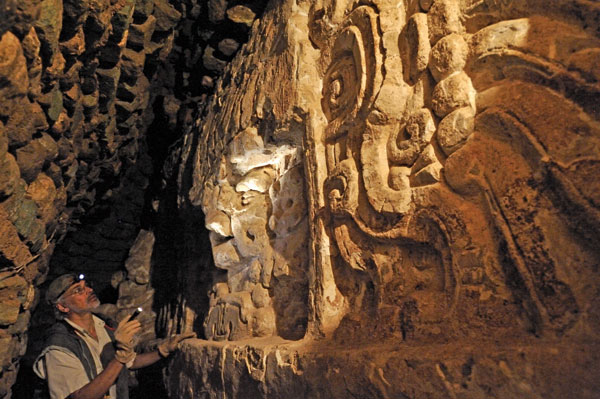
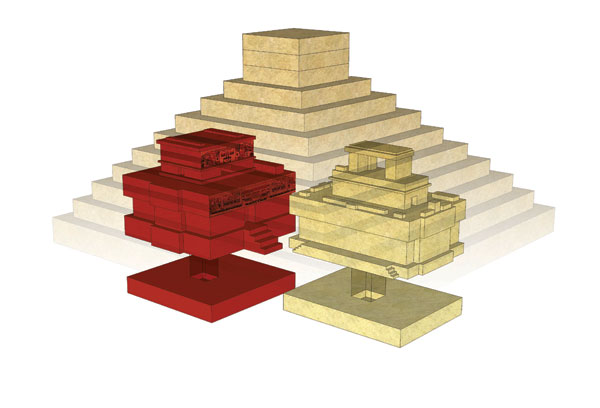
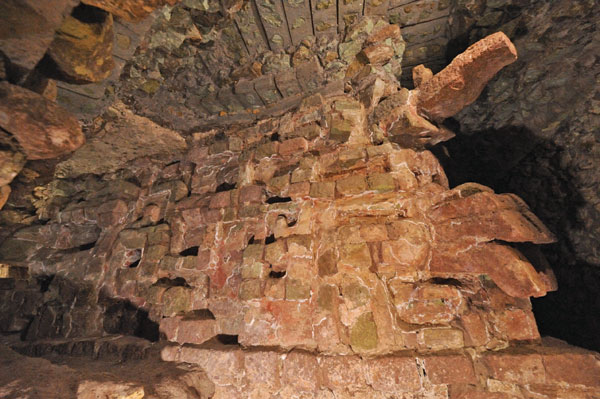





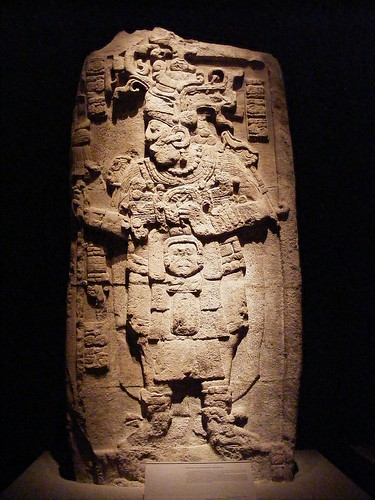


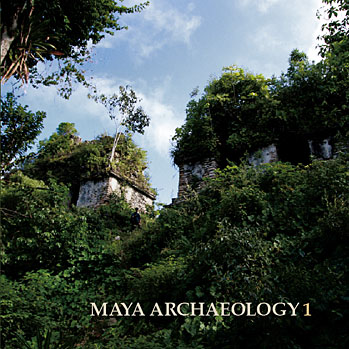









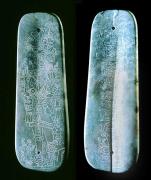


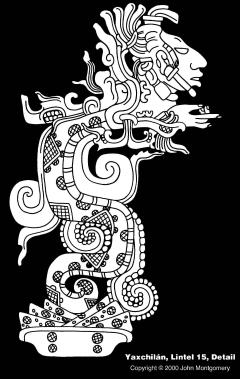

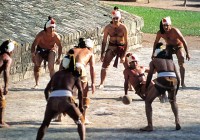


0 Comments:
Post a Comment
<< Home